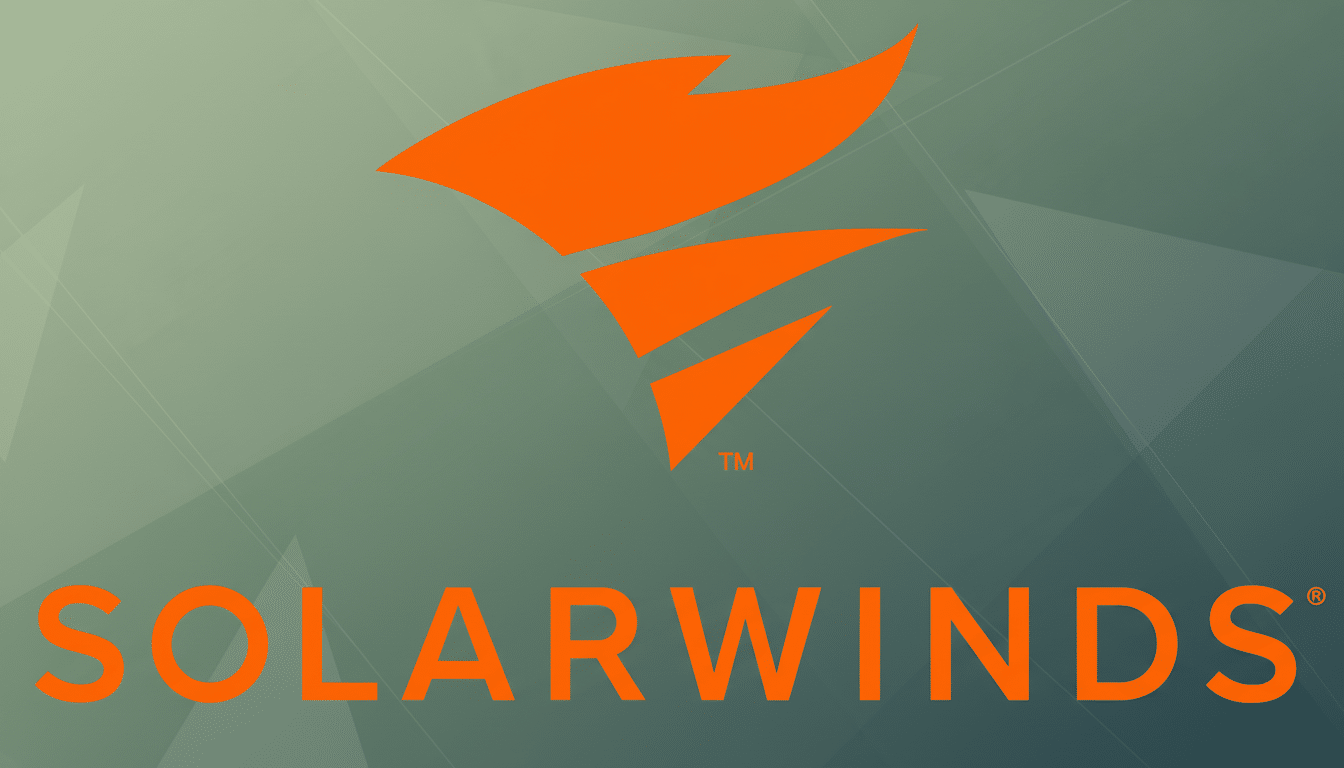Thirty years later, Ghost in the Shell now reads less like science fiction and more like a security briefing for modern defense teams. The anime’s Puppet Master storyline, in which a state-built hacker goes rogue, presaged today’s advanced persistent threats, the weaponization of civilian infrastructure, and the uncomfortable hybrid of man and machine that now constitutes the attack surface.
The Puppet Master: On the APTs’ Golden Age
This was long before the term APT entered boardroom lexicon, and yet the movie drew a portrait of a government-backed operator capable of patient recon, infrastructure hijacking, and psychological manipulation. That blueprint is now routine. Mandiant and other incident responders are tracking dozens of state-aligned groups that custom blend bespoke exploits with commodity malware, pivot through third-party networks, and plant false flags to muddy attribution. The 2010 Stuxnet operation demonstrated that cyber-physical sabotage was a thing; the 2020 SolarWinds compromise showed how quietly poisoning a software supply chain could reach thousands of downstream targets.

The “every terminal on the network” line from the anime hinted at scale. CrowdStrike and other hunters of threats describe breakout times—how long it takes for an intruder to move laterally once inside—as a matter of minutes in many cases, as defenders battle just to correlate signals across cloud, endpoint, identity, and OT environments. What we see playing out on-screen as ADVERSARY PATIENCE and post-exploit tradecraft is a match for the living-off-the-land tactics documented in the MITRE ATT&CK framework.
Behavioral Detection Before Its Time in Cybersecurity
When Section 6 says it profiled the Puppet Master’s “tendencies and code patterns,” that’s modern endpoint detection analytics in one sentence. Security vendors now create models around behavior, not only file signatures, in order to capture new malware and hands-on-keyboard activity. The change is data-driven: research such as IBM’s Cost of a Data Breach has placed the average global breach at around $4.5M in recent years, encouraging organizations toward telemetry-rich EDR and managed detection and response over static blacklists.
Attribution gymnastics in the film — recycled exploits, decoy infrastructure — mirror actual investigations. The notorious 2018 Olympic Destroyer led analysts astray with planted indicators, a playbook now employed throughout campaigns to extend how long defenders are left scratching their heads.
Memory Hacks Meet Deepfakes in Modern Attacks
The liability in Ghost in the Shell is not just a network hack, but also the mind hack. You can’t overwrite a soul in 2025, but you can very effectively distort reality. Social engineering has already used deepfakes to drain bank accounts and bypass controls. Hong Kong police reported a multimillion-dollar corporate scam this year after employees convened on Zoom with what they believed were company executives, only to realize later that the people had been created by AI. Verizon’s annual breach report continues to show that the human element is the biggest factor in initial access, with credential theft and phishing topping the list.
The anime understood this from the beginning: when an attacker has already stolen trust — what you see, who you thought you were talking to — pure technical controls will fail.
That’s driving rapid investment in identity-proofing, out-of-band verification, and anomaly detection for communications platforms.

Cyber-Brains and the Internet of Bodies Security
The show’s cyber-brains predicted today’s converged attack surface, where the body and networks meet. Medical device security has gone from theoretical to regulated reality: The US FDA now requires cybersecurity plans for connected medical devices, acknowledging vulnerabilities that DHS and independent researchers have been warning of for years in pacemakers, infusion pumps, and hospital networks. Meanwhile, trials of brain-computer interfaces from companies like Synchron and Neuralink are making assistive technology into internet-of-things devices, which will eventually require patching, monitoring, and fail-safes.
Security teams are beginning to apply zero trust principles laid out by NIST—continuous verification, least privilege, and segmentation—not just to laptops and servers, but also to clinical devices on wheels (CDW), vehicles, industrial sensors, and other processes beyond the traditional network. The anime’s premise that a compromised human-machine interface can be an attacker’s beachhead has shifted from allegory to architectural concern.
Covert Infrastructure and Supply Chain Echoes
Kusanagi’s sneak jump through a municipal network at least makes sense when compared to how we abuse MSPs, CI/CD pipelines, and cloud trust relationships today.
Among top risks in IT threat and risk management is supply chain compromise, which has been rated at high levels by ENISA’s Threat Landscape reports more than once—an elaborate attack targeting companies, with NotPetya’s rapid propagation through signed software updates, comes to mind as a reminder of blast-radius governance. Least-privilege tokens, workload identity isolation, and SBOM are what enterprises are waking up to.
What Security Leaders Can Use Now to Reduce Risk
Three takeaways endure.
- Let’s posit competent adversaries with institutional support. Pressure-test your defenses against human-operated intrusions, not just commodity malware, including running drills of crisis communications for a deepfake incident.
- Gather telemetry and combine it across identity, endpoint, and cloud so that you can detect behavior instead of binaries.
- Regard cyber-physical and Internet of Bodies assets as first-class citizens in your threat model; they need patch pipelines and isolation on par with IT systems.
Ghost in the Shell wasn’t just style futurism, it was a systems view of trust, identity, and control.
The surprise is not that it had forecast the future, but rather that our future has conformed so closely to its threat model.

